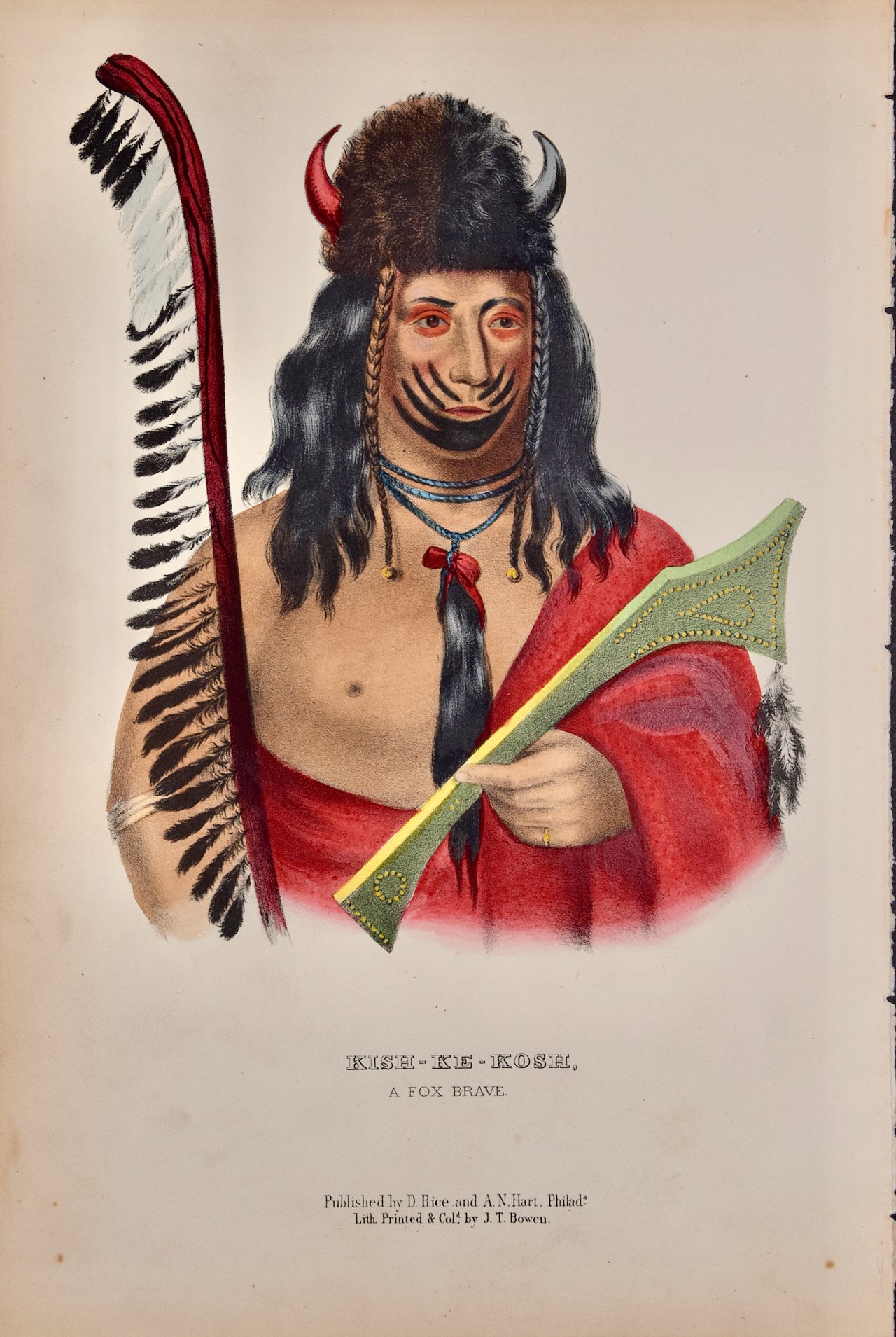Quatawapea (c. 1760-1826), also known as Black Hoof and as John Lewis, Captain Lewis, Colonel Lewis and '''Captain Johnny''', was a Shawnee leader for whom Lewistown, Ohio was named. He was a prominent Shawnee chief who lived in the late 18th and early 19th centuries. He was born in the Ohio Country in the mid-1700s and rose to become one of the most influential leaders of the Shawnee tribe. Quatawapea was known for his strategic thinking and his ability to negotiate with both Native American and white leaders. Lewis served in the War of 1812 as an American ally. After the war, he signed a number of treaties with the U.S., eventually getting Lewistown recognized as an Indian reservation for his band of Shawnees, along with Senecas also living at Lewistown. Lewis made several trips to Washington, D.C. to meet with U.S. officials, including Presidents Thomas Jefferson and James Monroe, to promote Shawnee land rights. He was a strong advocate for peace and cooperation between the Shawnee and the United States, and he worked tirelessly to try to maintain a peaceful coexistence between the two groups. However, as tensions between the Shawnee and the United States grew in the late 1700s and early 1800s, Quatawapea's influence began to wane. He was accused by some Shawnee of being too willing to negotiate with the United States, and his attempts to maintain peace were ultimately unsuccessful. Despite these challenges, Quatawapea remained a respected leader among the Shawnee until his death in 1831. His legacy as a skilled negotiator and advocate for peace continues to be remembered today.
This original McKenney and Hall folio-sized beautifully hand-colored lithograph is printed on a sheet measuring 20" high and 14.5" wide. There is minimal very faint spotting, but the print is otherwise in very good condition. The original biographical text pages, 81-82, from McKenney & Hall's 19th century publication are included. They can be mounted in a mylar sleeve on the back of a frame for preservation and viewing.
Col. Thomas J. McKenney was Superintendant of The Bureau of Indian Affairs under four presidents, Madison, Monroe, Adams and Jackson from 1816 until 1830. He was one of a very few government officials to defend American Indian interests and attempt to preserve their culture. He travelled to Indian lands meeting the Native American leaders. He brought with him an accomplished artist, James Otto Lewis, who sketched those willing to participate. A large number of the most influential Indian chiefs and warriors were later invited to come to Washington in 1821 to meet President Monroe. McKenney commissioned the prominent portrait painter Charles Bird King, who had a studio in the capital, to paint these native American leaders, who chose the costumes they wished to wear for the sitting. The magnificent resultant paintings were displayed in the War Department until 1858, and were then moved to the Smithsonian Institute. When Andrew Jackson dismissed McKenney in 1830, he gave him permission to have the King portraits as well as some by other artists, including George Catlin and James Otto Lewis, copied and made into lithographs, in both folio and octavo sizes. McKenney partnered with James C. Hall, a Cincinnati judge and novelist to publish the lithographs and the text written by Hall. The work was extremely expensive to create and nearly bankrupted McKenney, as well as the two printing firms who invested in its publication. The resultant work gained importance when Catlin's paintings were destroyed in a warehouse fire and Charles Bird King's and James Otto Lewis’ portraits were destroyed in the great Smithsonian Museum fire of 1865. The McKenney and Hall portraits remain the most complete and colorful record of these pre-Civil War Native American leaders. The McKenney and Hall lithographs were intended to serve as a record of the diverse cultures and traditions of Native American tribes in the United States.
The larger folio-sized and smaller octavo-sized hand painted lithographs remain prized by collectors and institutions, many of which are held by major museums, including the Library of Congress and the Smithsonian Institute.































